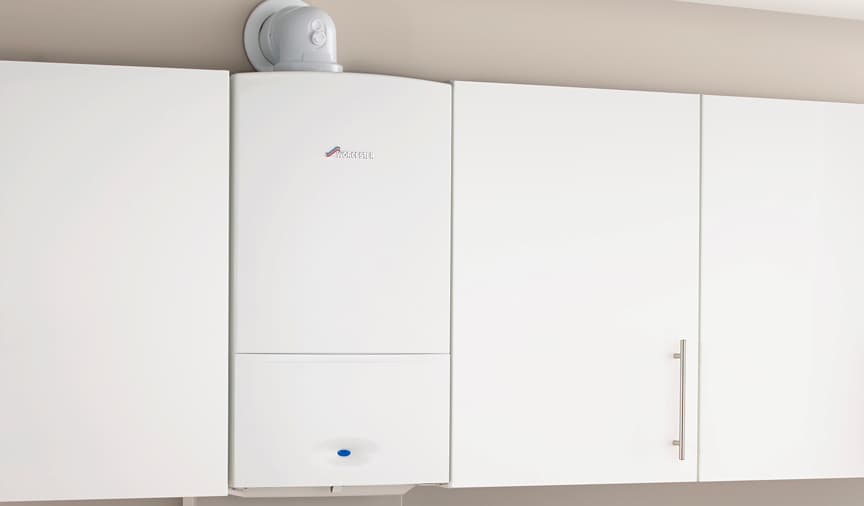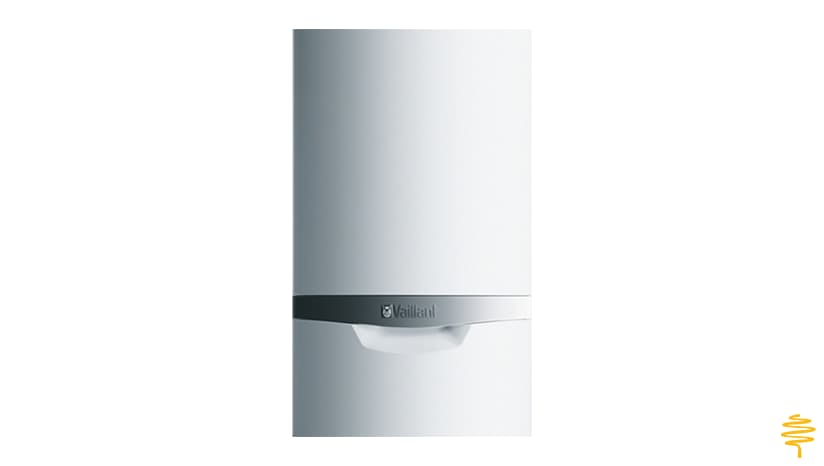Is your pilot light yellow or orange?

The pilot light on your boiler should be blue. If you cast your mind back to science lessons at school, you may remember that a blue flame on your Bunsen burner was considered the most energy-efficient. This is because it uses the least amount of gas to produce heat. Well, your boiler works in the same fashion.
So what does it mean if your boiler pilot light isn’t blue?
If your pilot light is yellow or orange, your boiler will not be operating at its most efficient. This, however, is the least of your worries, as a yellow or orange pilot light also has the potential to create carbon monoxide.
Whilst we’re sure you’re already clued up on carbon monoxide and its dangers, a refresher never hurts.
Carbon monoxide is an odourless, colourless gas that can be extremely lethal. If it fills your home and you breathe it in, it can cause carbon monoxide poisoning. Symptoms of this include: NauseaDizzinessHeadachesFatigueUnconsciousness
It can affect your body very quickly. The sooner you get medical attention the better. You’re likely reading this article because your pilot light isn’t the colour it should be, so we must stress that if you have any of these symptoms or begin to feel unwell, you need to seek medical assistance right away.
Carbon monoxide is usually caused when there is too much air getting into your boiler system. Other signs your boiler is creating carbon monoxide are soot or staining around the appliance, an unusual amount of condensation in the room and a smoky smell.
If you suspect a carbon monoxide leak in your home call the gas emergency number 0800 111999 to report the problem.
What to do if your boiler pilot light is yellow
If the pilot light flame on your boiler is yellow or a fire orange colour, there are certain things you can do to rectify it yourself. Here are a few simple checks you can carry out.
Check for draughts
Believe it or not, even the slightest breeze could blow air into your gas supply and turn your blue flame gas to yellow or orange. It’s one of the most common reasons a gas flame changes colour and all you need to do to solve the problem is draught-proof your property.
It’s also a good idea to make sure your boiler cover is properly secured. Just make sure you don’t block up any air vents or flues, as these are necessary for your boiler to work safely and efficiently.
Adjust the flame
If you feel competent in doing so, you can adjust the gas pilot burner flame to change it back to blue. To do this, you will need to find the screw on the pilot light valve. If it’s not easy to spot, check the manufacturer’s instructions, which will be available online if you don’t have a hard copy to hand.
Once you’ve located the screw on the pilot light valve, all you need to do is gently turn it, until the flame returns to the crisp blue colour it should be.
Give the pilot tube a clean
If you’ve draught proofed your property and tried adjusting the pilot light flame but it’s still yellow, then you might need to give the pilot tube a clean. It’s common for pilot tubes to get clogged up with dirt and grime, which can make the air and gas mix unbalanced.
Turn off your boiler and make sure the pilot light is off. You can then give the pilot tube a clean with a nail, needle or other thin object but take care not to damage it.
Once it’s clean, you can then turn your boiler back on and reset the pilot light.
You should only attempt to reset the pilot light if you have a manual type boiler. If you have an automatic ignition type, there should be a label on your boiler that states this. If not, look at the control knob. If it has just on and off settings, it is automatic and should not be tampered with. If it’s got three settings: on, off and pilot, it is a manual ignition and can be safely re-set following the manufacturer’s instructions or the simple steps below.
Unsure of how to light a gas pilot?
- Locate the pilot knob on the panel
- Turn it to the left and hold it (you should feel a little resistance and there may be a clicking sound)
- Release the knob and it should click back to place, whilst also relighting the pilot light
Remember, if you don’t feel competent in doing this task yourself, it’s best to get in touch with a Gas Safe registered engineer, who will be able to do it for you.
The same goes for any boiler-related problems you’re having. You must never tamper with boiler internals or gas supply pipes yourself. Doing so could put you and those living in your household in danger. Always contact a Gas Safe registered engineer to carry out repair work on your behalf.
Noticed an orange flame on gas hob?
Just like with the pilot light on a boiler, if the gas flame on your hob is yellow or orange, it’s a sign that something is wrong. It could be releasing carbon monoxide into your property, so act fast.
If the problem only seems to be happening now and then, it could be caused by dirt on your hob. Give it a good clean but if the problem persists, get in touch with a registered Gas Safe engineer.
Still having trouble with your boiler pilot light?
It’s important to keep the dangers of gas and carbon monoxide poison in mind so that if you spot a yellow or orange pilot light on your boiler, you know to take action immediately. If the problem can’t be easily resolved, switch off your appliance and contact a Gas Safe registered engineer.
And as a final reminder, if you’re feeling at all unwell and the pilot light on your boiler isn’t blue, you could have carbon monoxide poisoning. Turn off your boiler and gas supply (if possible), evacuate your property, call the gas emergency number 0800 111 999 and seek medical attention as soon as possible.
Get a fixed price boiler repair for £90
We Beat or Match Any Quote
Call 0330 912 4843 and we’ll beat or match any quote.
Serious About Service
24/7 claims support & rated Excellent on Trustpilot
Cover Match Guarantee
Get a £50 gift card if you find something we don’t cover
All Gas Boilers Covered
All makes and models, regardless of age


